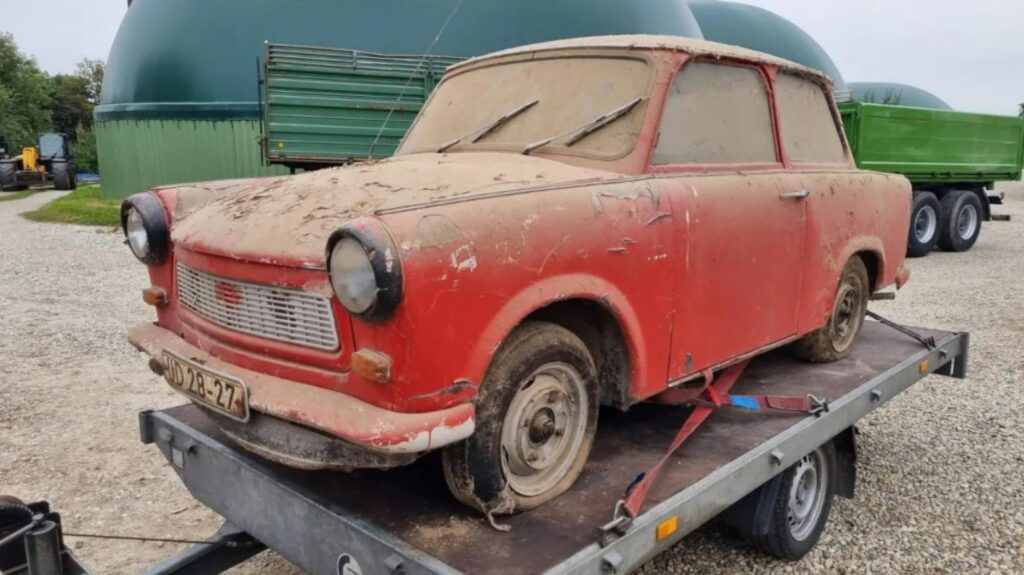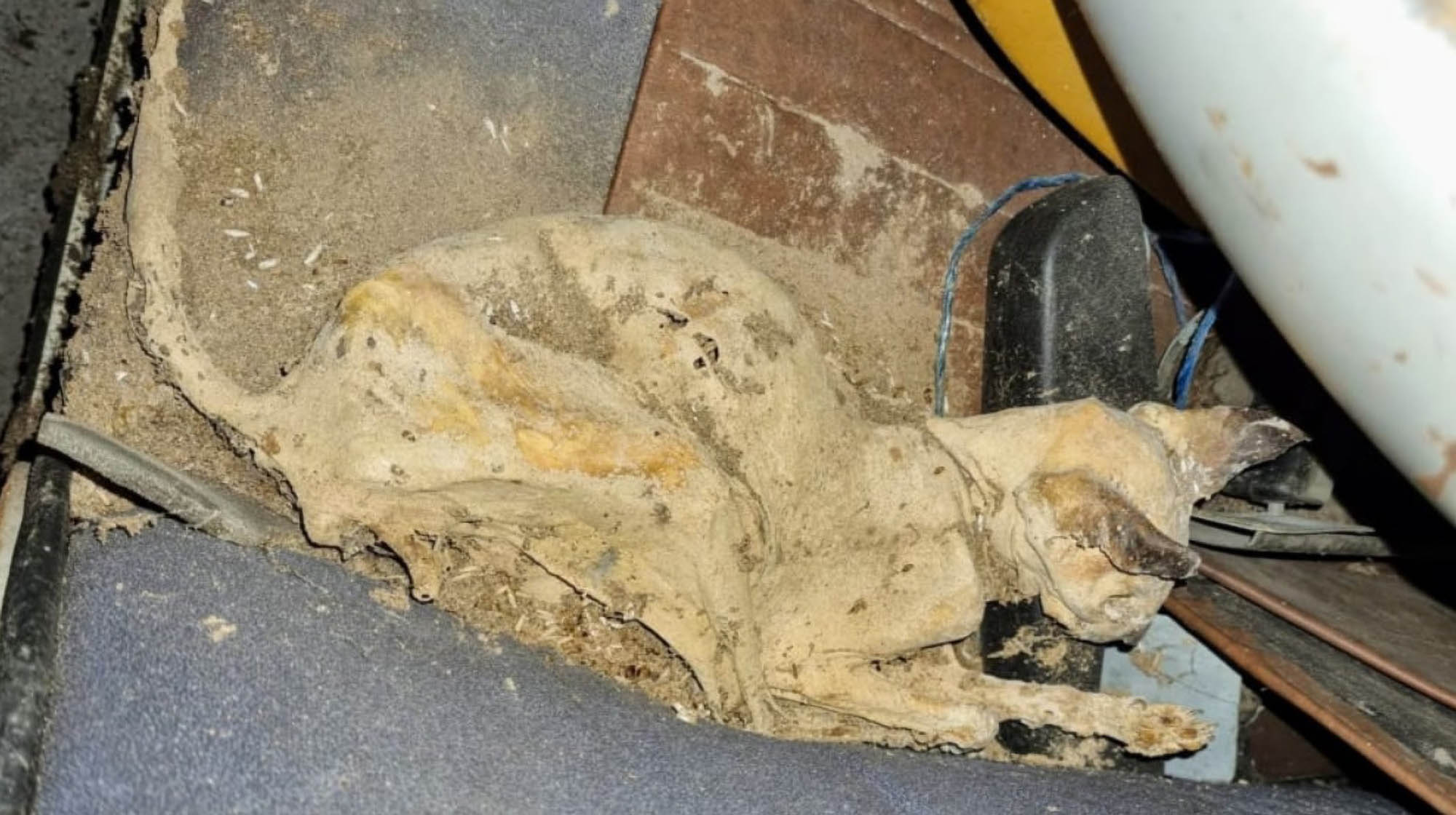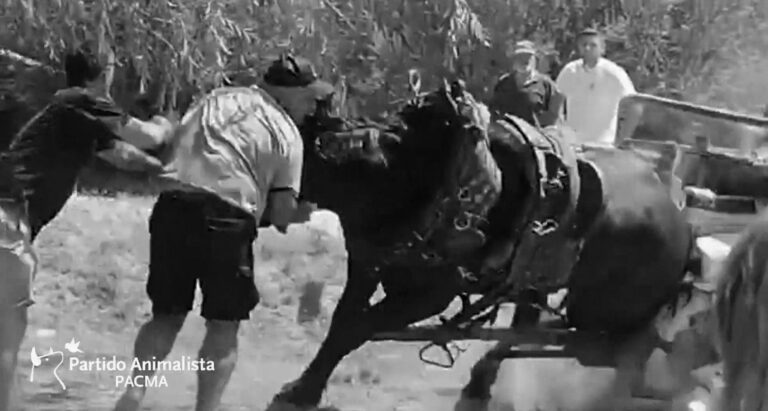A classic car collector was astonished when he found a mummified cat on the backseat of a Soviet-era Trabant he bought on eBay.
Oliver Rietz, 39, from the town of Ilmenau in Thuringia, central Germany, discovered the animal’s remains in a clapped-out old Trabant 601 in October 2022.
Rietz had owned a fleet of 74 historical vehicles from East Germany including ambulances, Wartburgs, army vehicles and fire engines before he bought the Trabant.
But when he saw the bargain buy on eBay, the car connoisseur decided it was time to extend his collection.
Rietz learned from the seller that the Trabi made its way to the West after the German reunification on the back of a grain truck.
It was then used by local villagers as a toy and for driving around in the fields.

Its number plate UD-28-27 furthermore indicated that it came from the small town of Oschatz in Saxony, the state where the model was originally produced.
Triggered by the story, he then headed to the barn near the town of Deggendorf in Lower Bavaria to collect the 60-year-old car whose production ended in the 1990s.
But he never even anticipated that he would find a well-preserved cat mummy in the car’s backseat that had probably died decades ago.
Rietz said: “The offer was extremely cheap at EUR 150 (GBP 132). When restored, lovers pay up to EUR 9,000 (GBP 7,900).
“That’s why I drove off immediately, got the car with my trailer. I only noticed the cat at home when I wanted to clean the car.
“It fits perfectly in my rusted Wartburg 311.”
Rietz then immediately called world-famous forensic biologist Mark Benecke, 52, to examine the find.
Benecke whose forensic cases have been covered by the National Geographic Channel and the History Channel gained fame after working on the identification of Adolf and Eva Hitler’s skull and teeth in Moscow.
The forensic biologist explained why the feline is so well preserved and said: “When it’s wet, cat corpses decompose quickly.
“But when it’s really dry like in barns or attics, they keep well.”
Media did not report whether the cat would remain in Rietz’s possession or be submitted to further evaluation.
To find out more about the author, editor or agency that supplied this story – please click below.
Story By: Georgina Jedikovska, Sub-Editor: Marija Stojkoska, Agency: Central European News
The Ananova page is created by and dedicated to professional, independent freelance journalists. It is a place for us to showcase our work. When our news is sold to our media partners, we will include the link here.




